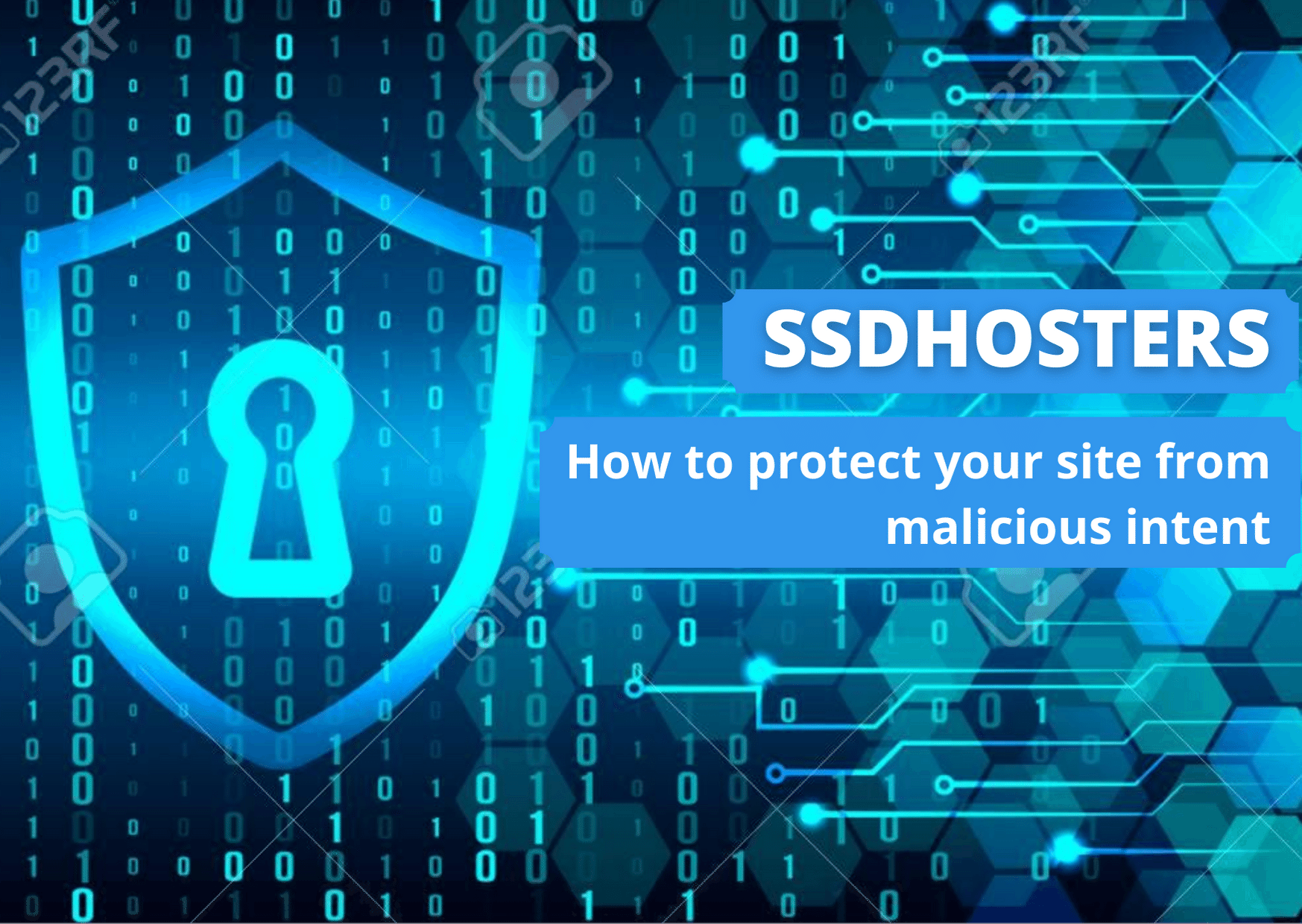Hackers, now a days, are very active and are looking for smallest of loopholes to get into your mainframe and steal or damage whatever data they find. They could be doing this with malicious intent or to make money by selling your precious data back to you or some buyer on the dark web. Another possibility is, they could also be hired by one of your competitors. Now you will be wondering how to protect your site from malicious intent.
Fortunately, there are some precautionary measures you can take to secure your website from malicious intent and hackers. Once you follows and apply these methods you will be able to protect your website from any malicious attacks.
In this article we will be teaching you how to protect your site from hackers and other malicious attacks and will be sharing some privacy protection features for websites. So sit tightly and read carefully.
Vulnerabilities
First and foremost step is to know how a hacker can enter your website, what measures or loopholes he can use to his advantage while attempting to hack your site. We have done some research and found some common vulnerabilities a website can have.
a. Brute force attacks
There are apps and bots to try possible random login credentials until they enter your website. This may take them a long time but this ways is effective.
b. DDoS attacks
Distributive denial of services (DDoS) attacks are bots causing high traffic activity overwhelming your site servers which causes you website to crash.
d. SQL injections
This is the process of retrieving sensitive data from you website’s SQL database. The malicious actors can enter via a contact form, comment section or login page.
e. Malware
Malicious code hidden in your website’s files, which upon activation, can steal or manipulate your data and compromise your site’s security.
f. Third party apps/plugins
The third party apps or plugin you use on you website are the easiest to hack and can later be used to get access to your website or can copy your data for years without you knowing about it.
Now the precaution you can take to eliminate these vulnerabilities are as follows
1. Enable 2FA
To prevent brute force attacks, we enable the 2FA features. This method enables two way authentication on your website, so if a bot manages to find your login credentials they will still need another authentication such as mobile confirmation code or email confirmation which only you can authenticate. This way your website is protected against brute force attacks.
You can enable 2FA via different methods such as using 2FA extensions that are available on your website platform or you can also set it up on your hosting account. Since hosting account manages all of your website data and financial information, it is recommended to set it up on hosting account.
2. Web Application Firewall (WAF)
Your website’s database SQL can be injected with malicious code or data. When this code is processed by your websites database for data entry, it gets activated. This code, upon activation, can either steal, manipulate or destroy your data.
To prevent SQL injections, you set up a web application firewall. WAF filters out any malicious code or data that is entered by a hacker and thus stopping it from reaching the database. At SSDHosters we set up WAF for your website.
3. Avoiding Detailed Error Messages
Detailed error messages are very helpful when it comes to troubleshooting your website and when you are using them for development purposes. Unfortunately, they can also be used for exploiting weakness of your website. These weakness are later worked on by hackers and they are used to gain access to your website.
For instance, if a hacker try to get access to a file that cannot be accessed without right authorization, an automatically generated message pops out “file not found”. This message doesn’t tell a hacker if he is looking in the right direction.
However, if a message like “access denied” pops out, this tell the hacker that the he is working in the right direction all he need is the authorization. Furthermore, he can tap on other links or pages that generates similar indicating messages. He can then interpret these same messages to find a way to get access to your website.
The best solution for this problem is to disable the PHP error messages that help the hackers gain access. You can disable them in many ways, different platforms have different ways to disable these kind of messages.
Conclusion
Hackers are intelligent people, they always find a way to hack your system. But with time, more security measures are introduced minimizing the number of ways a hacker can get access to your data. For now, if you apply all these methods on your website, your data will be protected from hackers and malicious attacks.

1 thought on “How to protect your site from malicious intent | SSDHOSTERS”